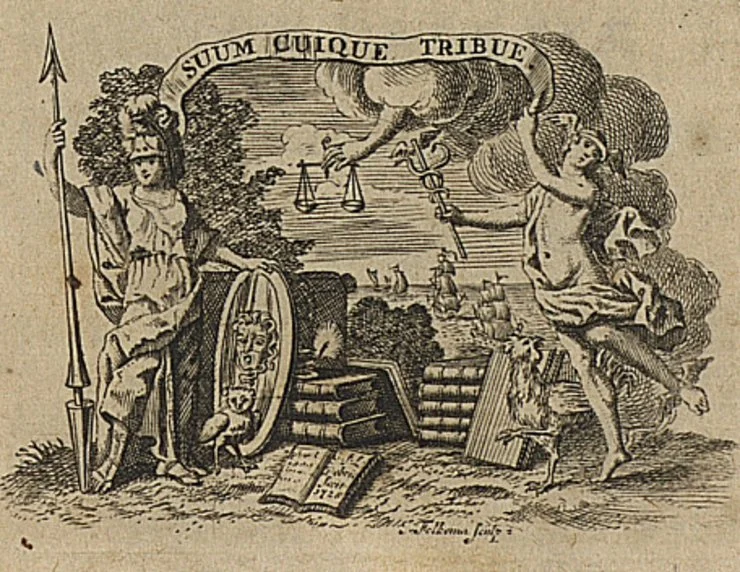My research project at the Max Weber Kolleg and the Forschungszentrum Gotha in collaboration with Forschungsbibliothek Gotha is a part of the international research project ‘Natural Law 1625-1850’ under direction of Prof. Dr. Knud Haakonssen, Dr. Frank Grunert and Prof. Dr. Diethelm Klippel.
My work and research has a twofold aim. First, I am developing and implementing a prosopographical data model concerning early modern natural law scholars with the specific aim of creating a database that can benefit all researchers and students with interest in early modern natural law and its institutional, social and political setting. The database is first and foremost a detailed open reservoir of information that contains not only structured biographical and bibliographical data but also links to digitalised source material as well as commentaries made by individual specialists. Building upon this reservoir, a long-term goal is to develop and implement analytical visualisation tools in the database, so users easily can conduct both general and specialised data explorations. The creation of such a database is in essence a transnationally collaborative and open-ended digital enterprise, which also means that populating and expanding the database rely on contributions from the already established research networks within the Natural Law 1625-1850 project and on widening the circle of contributors in the field. The basic aim of the database is thus to provide an essential tool for the Natural Law project to compile and structure data and conduct research on early modern natural law scholars, their works and their institutions.
Within this research framework and on the basis of the Natural Law database, I am conducting a comparative study of the disciplinary differences in natural law teaching at a selected number of German and Scandinavian universities; i.e. I am examining what kind of natural law was taught in which faculty at each of these universities during the late seventeenth and early eighteenth centuries. By studying academic-institutional sources (e.g. lecture catalogues, student matriculations, consistorial accounts), as well as educational sources (e.g. text books, lectures, notes), I wish to analyse the disciplinary shifts and displacements of natural law teaching during the early modern period, and to what extent these disciplinary displacements correlate with the intellectual-historical development of natural law that is described in the current historiography. By examining who taught what where, and how and why this changed through time and space, my main research aim is to place and trace the academic teaching of natural law in its historical and institutional context, thereby making an important historical contribution to the study of natural law.
Bild: Vignett from Pufendorf: De officio hominis et civis. Utrecht 1752

01.01.2018 - 30.06.2020